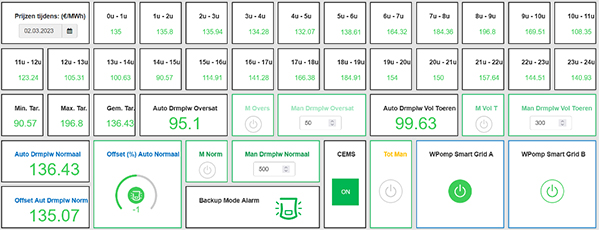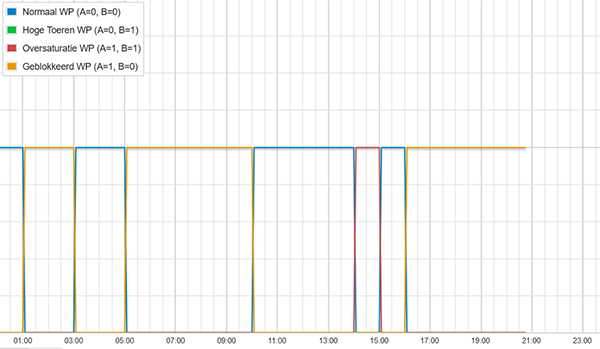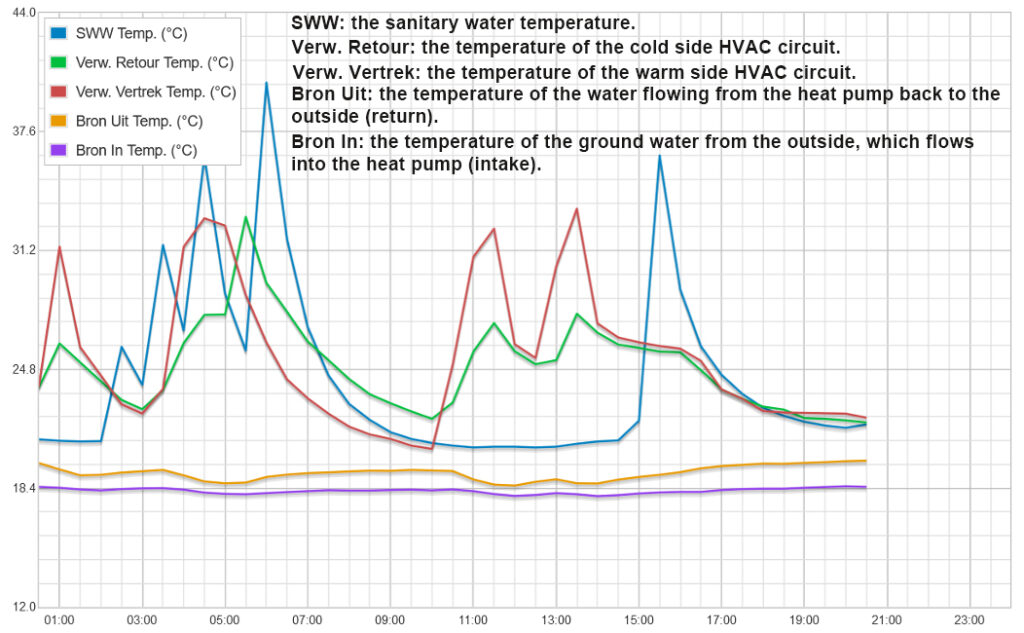
With so much unpredictability in the energy market, Kurt Vermeylen describes how using an intelligent system to manage grid and self-generated power consumption can help reduce bills.
Climate change has made the world realise that energy consumption must be reoriented to using renewable energy sources. In Belgium, The Government addressed this by offering discounts to promote the installation of solar panels, but this was too expensive and not sustainable over the medium-term. Furthermore, the ROI (Return on Investment) of solar panel installations dropped considerably when the Council of State forbade the ‘backwards running’ of electricity meters when surplus self-generated energy is fed back to the grid.
The European Union wants to get rid of fossil fuel as soon as possible. It is already illegal to replace a defective oil boiler, and new connections to the gas grid will no longer be possible for new buildings after 2025. This means that the only source of energy left will be electricity, hence the emergence of new high-consuming devices such as heat pumps and electric cars.
With the extraordinary fluctuations of electricity pricing due to the war in Ukraine, plus the electricity bill calculation having changed on 1 January 2023 in Belgium, it may feel to the consumer that they have completely lost control and can no longer estimate what their next bill will be.

CEMS to the rescue
In order to tackle these issues, IoT Domotica Solutions created the Customer Energy Management System (CEMS). This tracks and monitors energy consumption and interacts with connected systems in order for the customer to consume or store self-generated energy as efficiently as possible. With operation being based on actual energy pricing, it keeps consumption from the grid to a minimum whilst maintaining the same comfort level, creating graphics which make it possible to verify the energy parameters that have been put into the customer’s energy profile.
Why KNX?
Being a KNX installer and systems integrator, we started building the CEMS based upon KNX combined with IoT technology. KNX is the best choice because it is a full-blown building automation system with a proven track record of more than three decades, and there are over 8000 different KNX products to choose from by more than 500 manufacturers worldwide, that seamlessly interoperate with each other.

How it works
The CEMS is hosted in the cloud and communicates with a resource manager (RM) located at the customer premises. The RM is a local device which collects the real-time values of the monitored parameters provided by the end-systems that are physically connected to it. These end-systems are typically heat pumps (and other HVAC systems such as boilers), solar panels, electric car chargers, air-conditioning systems, building batteries, calorimeters, sub-meters, smart electricity meter, etc.

The communication between the CEMS and the RM is over the Internet and is protected via a VPN (Virtual Private Network) tunnel by means of strong authentication and data encryption.
The RM can act as a fall-back lightweight CEMS if the Internet becomes inaccessible. The idea of this layered approach is based on the new EN50491-12-2 regulation which was created and launched by the KNX Association, driven by its CFO and CTO Joost Demarest from KNX Belgium.
The CEMS collects the values from the RM and compares them with the minimum and maximum parameters set in an energy profile. If a threshold tends to be reached, the CEMS will intervene and put one or more end-systems into another operating state in such a way that the threshold won’t be exceeded. The energy profile is setup in collaboration with the customer.
The input of the customer is key in order to determine the interconnectivity possibilities of the end-systems with the RM. For example, some heat pumps have smart grid or dry interfaces available, whilst other systems have to be connected to the RM in another way.

Conclusion
In these times of uncertainty, consumers are unable to predict how much their next electricity bill will be, and have limited control over their energy consumption. However, with a customer energy management system, as outlined above, they can regain control and keep the bill as low as possible whilst maintaining the expected level of comfort.
The CEMS monitors, in real-time, high-consuming devices alongside any self-generated electricity. It provides the customer with a graphical visualisation of their energy consumption, and intervenes based upon the real-time cost of electricity to ensure that limits set in the customer’s energy profile are not exceeded and peaks on the grid are avoided.
Using a CEMS with a comprehensive automation platform such as KNX that works with the IoT, means that even non-KNX devices can be integrated into a common (KNX) platform, ensuring an intelligent and future-proof system.
Kurt Vermeylen is the Founder and Head of IoT Domotica Solutions, a systems integration company specialising in KNX installations and KNX training.










